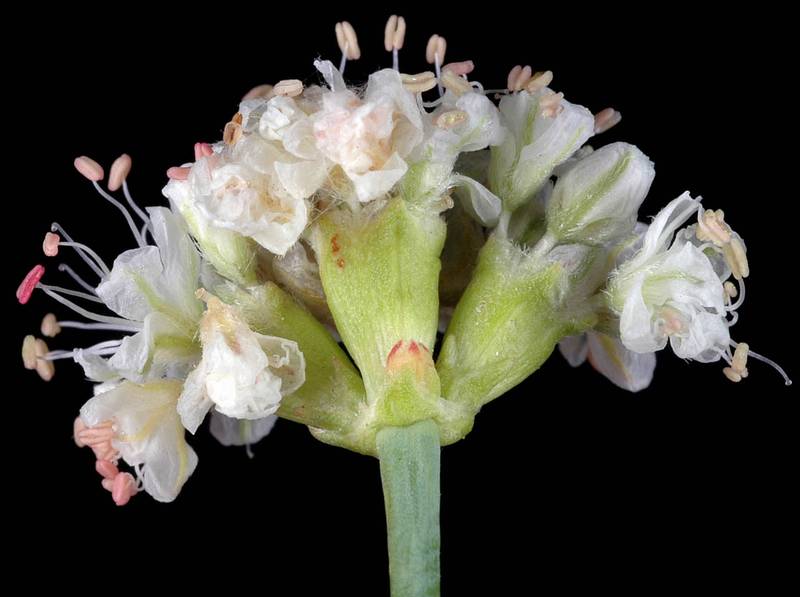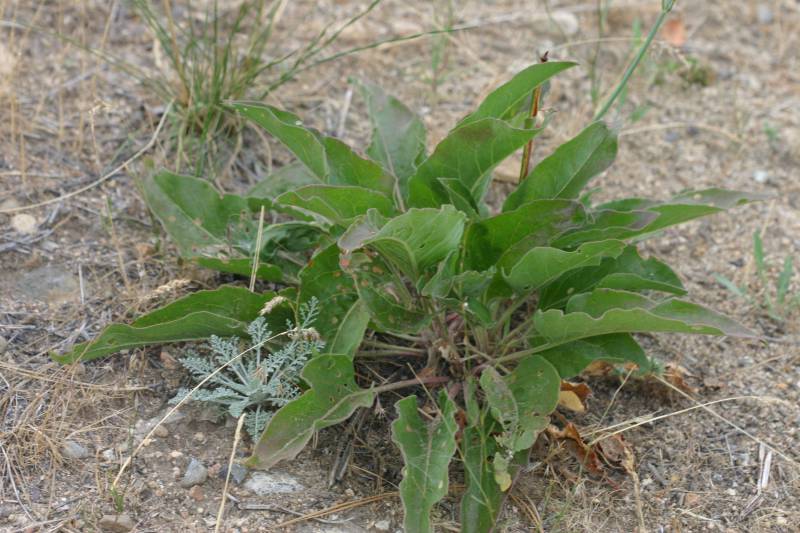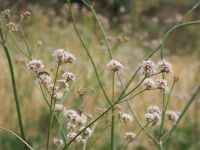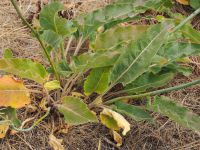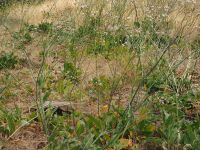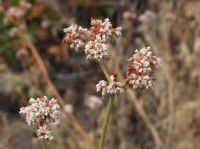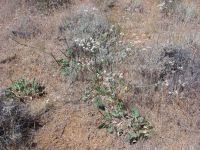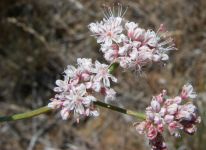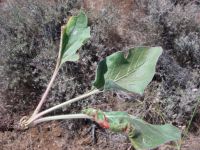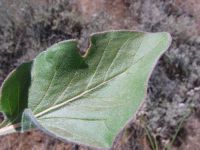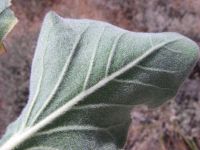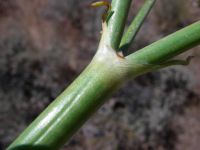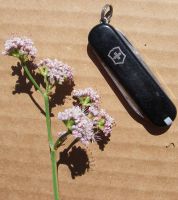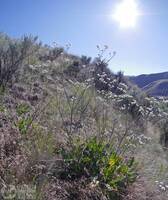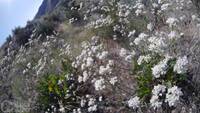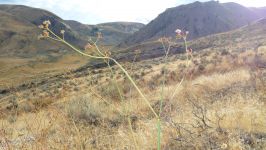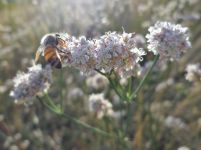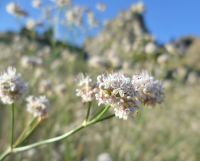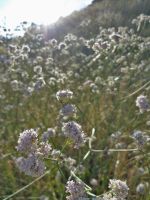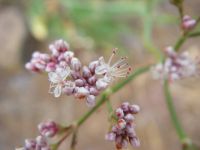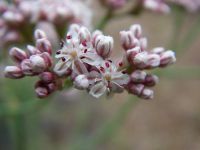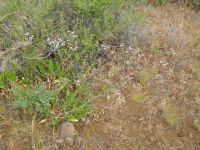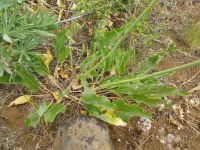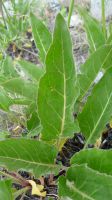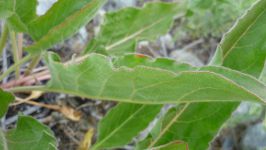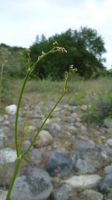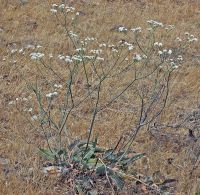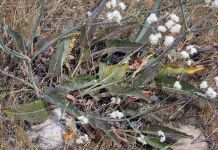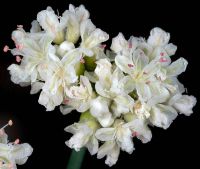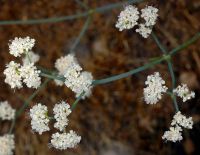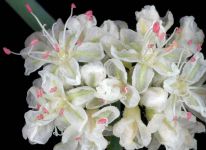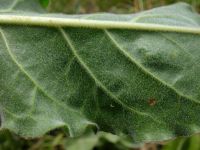Distribution: Occurring east of the Cascades crest in Washington; Washington to California, east to southern Idaho and Nevada.
Habitat: Sand and gravel slopes and flats, grasslands, sagebrush desert, ponderosa pine forest openings, and montane ridges.
Flowers: June-August
Origin: Native
Growth Duration: Perennial
Conservation Status: Not of concern
Pollination: Bumblebees, bees, flies, butterflies, beetles, wasps
Sturdy perennial from a thick taproot with wiry, glabrous and glaucous flowering stems 3-8 dm. tall.
Basal, ovate, 7-15 cm. long, truncate at base, slightly hairy by green on both surfaces, with petioles about as long as the blade.
Inflorescence large, open, loosely cymose, the cup-shaped involucre about 3 mm. long and few-flowered; the tepals 3 mm. long, white to cream but pinkish in the bud, without a stipe at the base, pubescent on the lower half.
Separate from Eriogonum nudum by the leaves and flower clusters. E. nudum has more-or-less oblong leaves that are white-woolly underneath on petioles at least twice as long as the blade; the flowers are usually in tight, globose clusters.
Publication: Trans. Linn. Soc. London. 17: 413. 1836.
PNW Herbaria: Specimen records of Eriogonum elatum var. elatum in the Consortium of Pacific Northwest Herbaria database
WA Flora Checklist: Eriogonum elatum var. elatum checklist entry
OregonFlora: Eriogonum elatum var. elatum information
E-Flora BC: Eriogonum elatum var. elatum atlas page
CalPhotos: Eriogonum elatum var. elatum photos

